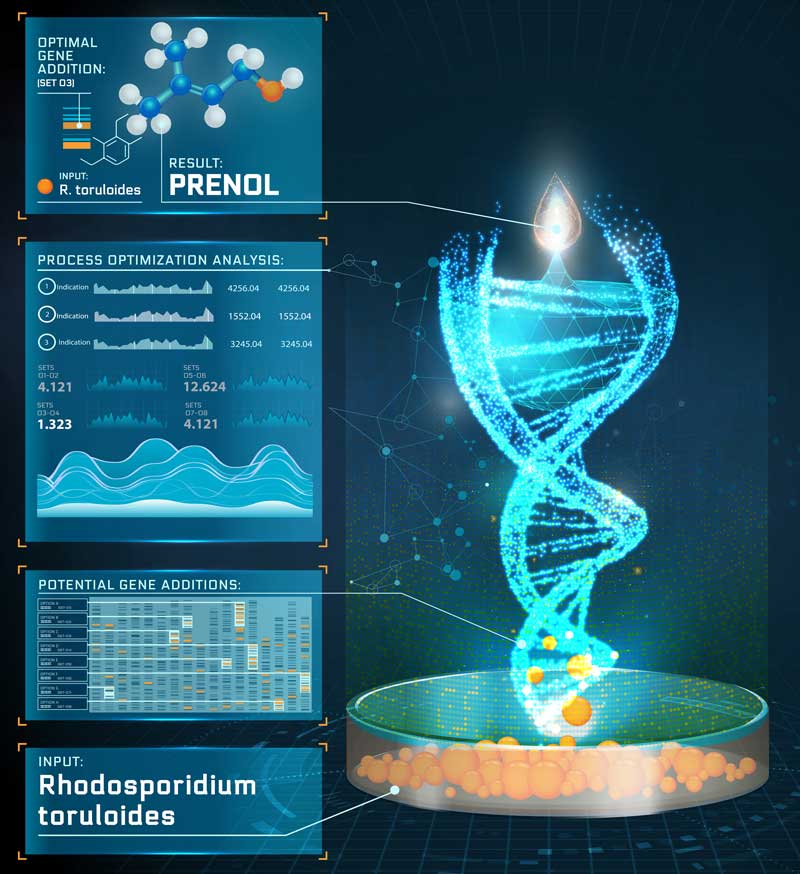Comprehensive software aids scientists in synthetic biology analysis

Biologists at Sandia developed comprehensive software that will help scientists in a variety of industries create engineered chemicals more quickly and easily. Sandia is now looking to license the software for commercial use, according to the researchers.
Sandia’s stand-alone software RetSynth uses a novel algorithm to sort through large, curated databases of biological and chemical reactions, which could help scientists synthetically engineer compounds used in the production of biofuels, pharmaceuticals, cosmetics, industrial chemicals, dyes, scents and flavors.
The software platform uses retrosynthetic analysis to help scientists identify possible pathways to production — the series of biological and chemical reactions, or steps, needed to engineer and modify the molecules in a cell — to create the desired biological product or compound. By using the software to rapidly analyze all pathways, scientists can determine the production sequence with the fewest steps, the sequences that can be completed with available resources or the most economically viable process.
Synthetic biology involves redesigning organisms for useful purposes by engineering them to have new abilities. Researchers and companies around the world are using synthetic biology to harness the power of nature to solve problems in medicine — such as the development of vaccines, antibodies and therapeutic treatments — as well as in manufacturing and agriculture.
“Synthetic biology is becoming a critical capability for U.S. manufacturing. It has the potential to dramatically reduce waste, eliminate or curtail emissions and create next-generation therapeutics and materials,” said Corey Hudson, a computational biologist at Sandia. “That is where people will see RetSynth have the biggest impact.”
“The diverse functionality of RetSynth opens a lot of opportunities for researchers, giving them multiple options, including biological, chemical or hybrid pathways to production,” Corey said. “All the while, the software is accelerating the research and development process associated with bioproduction. Traditionally, this process has been relatively slow and complex.”
RetSynth is designed to save researchers time and money by suggesting process modifications to maximize theoretical yield, or the amount of bioproduct that could be produced, Corey said. All available pathways are rendered using clear visual images, enabling software users to quickly interpret results.
Commercial licensing for broader impact
The RetSynth software was originally developed as part of the DOE’s Co-Optimization of Fuels & Engines initiative, a consortium of national research labs and scientists that have researched how to use synthetic biology to create innovative fuels and high-efficiency engines that reduce emissions.
Today, RetSynth has been expanded to support a variety of diverse applications and is ready to license the software to an industry partner for commercial use, Corey said.
Transfer of Sandia’s innovative technologies to the marketplace through outside technology partners leads to billions in economic impact and supports tens of thousands of high-paying jobs each year, according to a recent report.
To learn more about licensing opportunities, visit Sandia’s Licensing and Technology Transfer webpage.